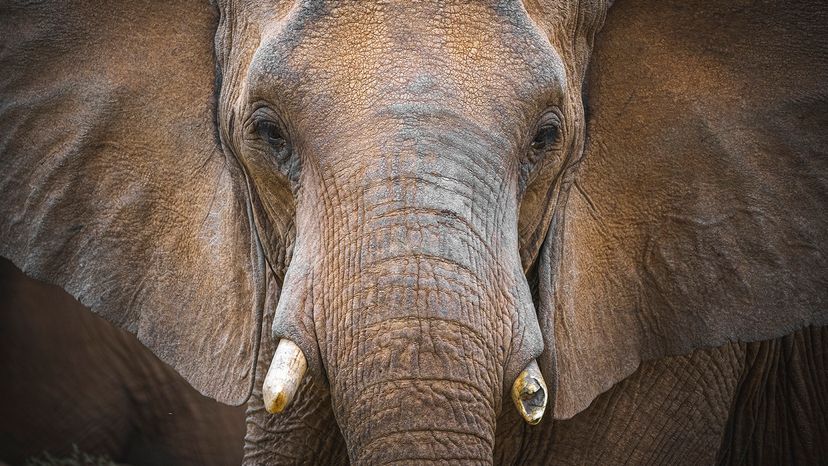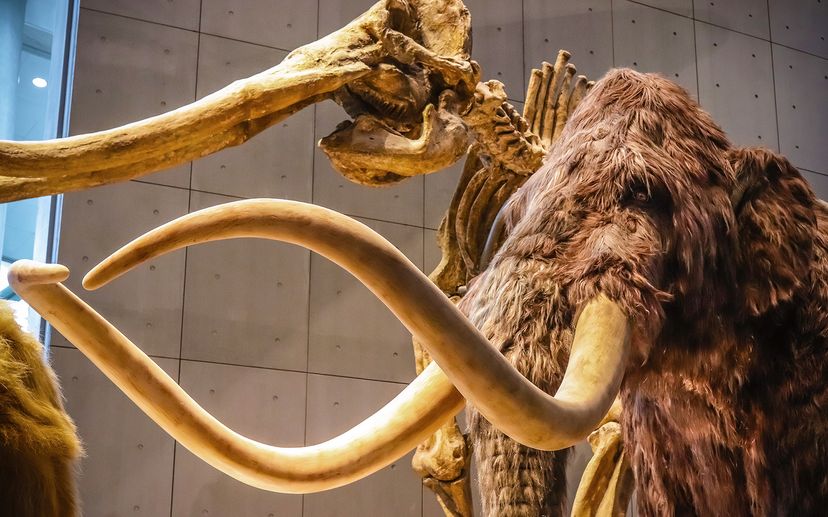
It’s the ultimate throwback face-off: mammoth vs. elephant. These two giants share a lot of DNA, but their differences are buried in the fossil record and written across their anatomy. One is an extinct species, the other still roams Earth’s forests and savannas.
Both mammoths and elephants belong to the order Proboscidea, making them close cousins. But from woolly mammoth to asian elephant, they tell two very different evolutionary tales.
Advertisement

